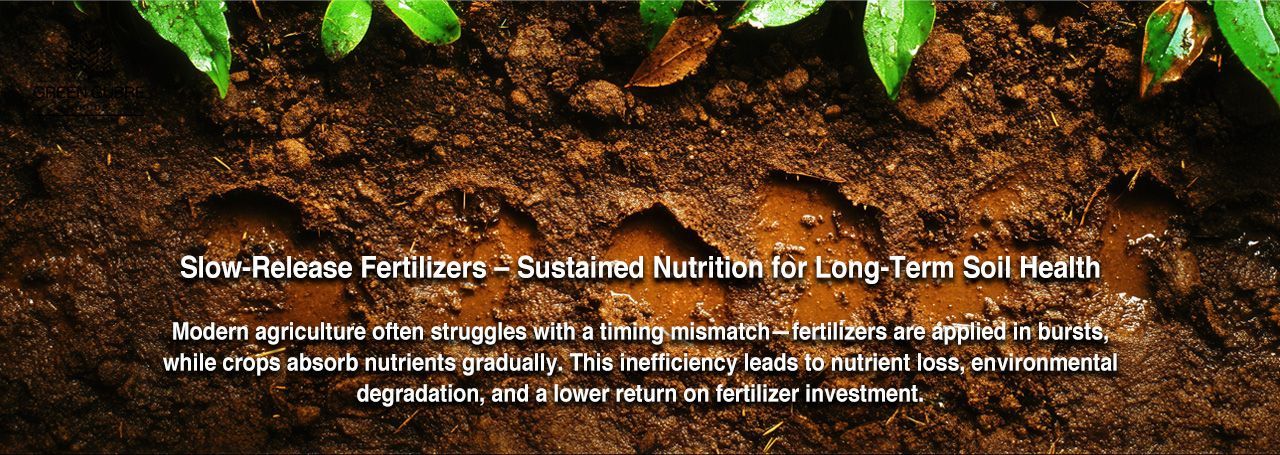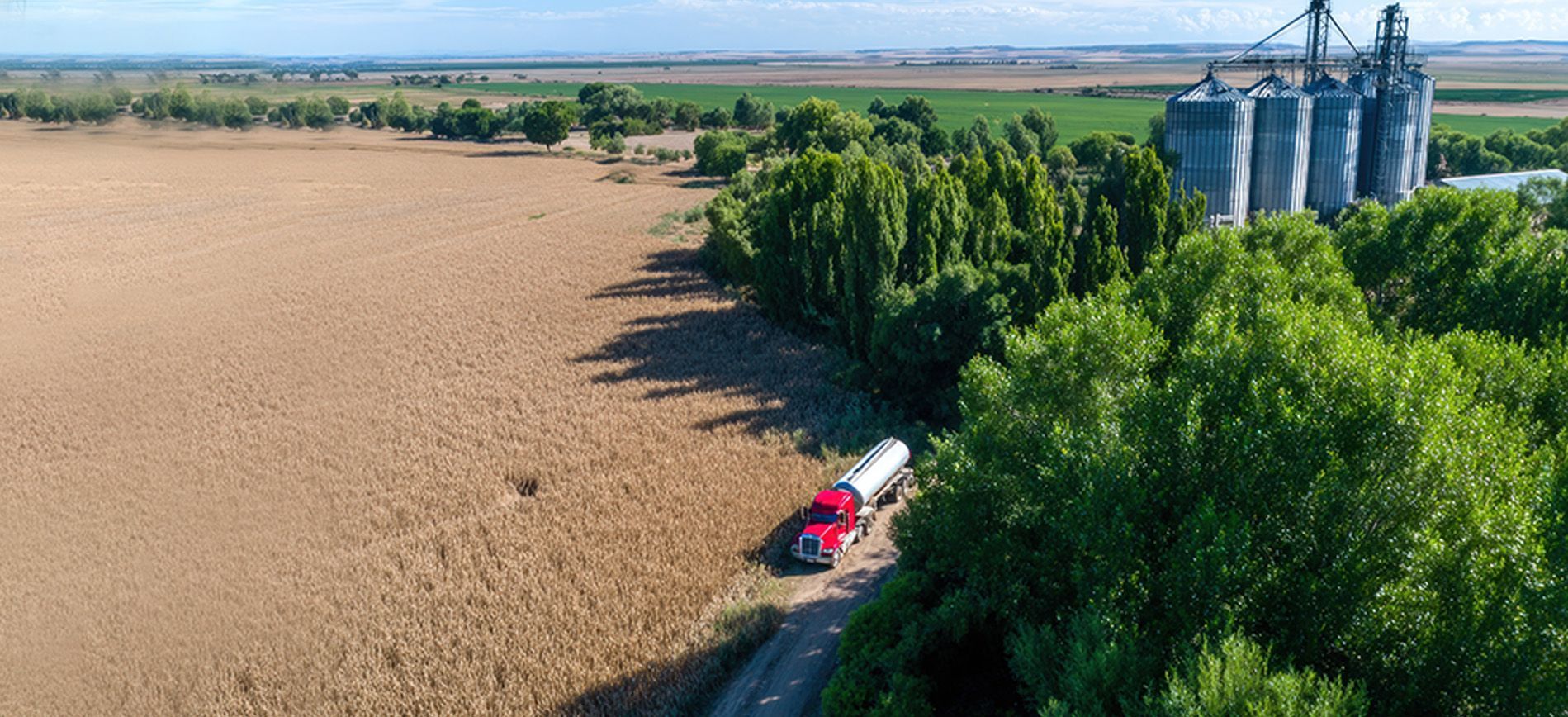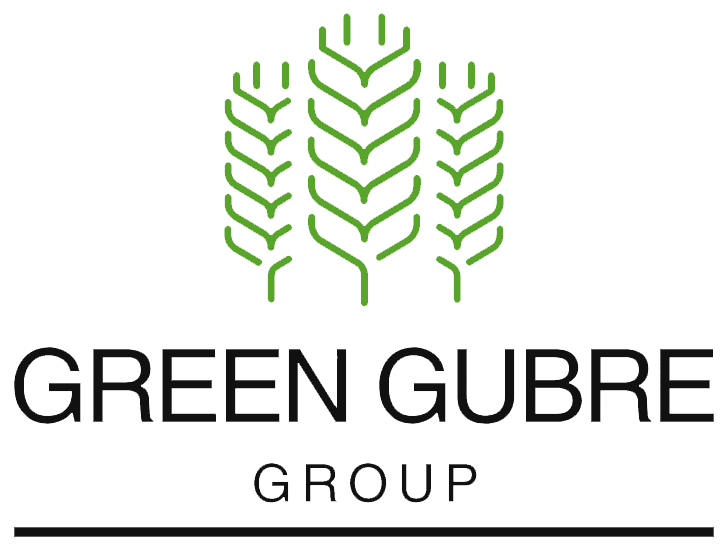Slow-Release Fertilizers – Sustained Nutrition for Long-Term Soil Health
Slow-Release Fertilizers – Sustained Nutrition for Long-Term Soil Health

Introduction: Beyond Quick Fixes – The Role of Slow-Release Fertilizers
Modern agriculture often struggles with a timing mismatch—fertilizers are applied in bursts, while crops absorb nutrients gradually. This inefficiency leads to nutrient loss, environmental degradation, and a lower return on fertilizer investment. Slow-release fertilizers (SRFs) provide an innovative alternative by delivering nutrients steadily over time, aligning nutrient availability with plant uptake.
Unlike controlled-release fertilizers (which rely on physical coatings), slow-release fertilizers are typically chemically modified or organically bound materials that require microbial or hydrolytic breakdown to release their nutrients. This approach enhances soil health, microbial diversity, and long-term productivity—especially in crops with extended growing cycles or in soils with poor quality.
How Slow-Release Fertilizers Work
Slow-release fertilizers use one or more of the following mechanisms to delay nutrient availability:
- Chemical Modifications: Nutrients are complexed or bound to molecules that break down slowly (e.g., isobutylidene diurea, crotonylidene diurea).
- Natural Organic Sources: Materials like composted manure, feather meal, and biosolids decompose gradually through microbial activity.
- Urea-Formaldehyde Polymers: These slowly hydrolyze in the soil, releasing nitrogen over weeks or months.
The goal is to match nutrient release with plant demand phases—ensuring steady uptake without overfeeding or environmental loss.
Benefits of Slow-Release Fertilizers
Slow-release fertilizers offer several key agronomic, environmental, and economic benefits:
1. Reduced Nutrient Loss
Because nutrients are released gradually, SRFs significantly reduce the risk of leaching, runoff, or gaseous losses—especially in high-rainfall or sandy soils.
2. Improved Root Uptake
Steady nutrient availability supports continuous root growth, flowering, and fruiting, especially in perennials, fruit trees, and turfgrass.
3. Soil Microbial Enhancement
Organic slow-release fertilizers increase microbial biomass and enzymatic activity, promoting a healthier rhizosphere.
4. Fewer Applications
Many SRFs are applied once per season, reducing labor and equipment costs while improving compliance with fertigation or restricted application zones.
Source – University of California Agriculture and Natural Resources
Limitations and Best Practices
Despite their benefits, SRFs are not without limitations:
- Slower Initial Response: Crops may show slower early growth compared to soluble fertilizers.
- Temperature-Dependent Activity: In cooler soils, microbial breakdown slows down, delaying nutrient availability.
- Cost: SRFs are typically more expensive upfront—though long-term gains often offset the difference.
Best practices include:
- Blending SRFs with fast-acting sources during early growth.
- Using in long-season or slow-growing crops like citrus, tea, sugarcane, and turf.
- Applying in banded or localized zones to improve uptake.
Applications in Agriculture and Horticulture
Slow-release fertilizers are widely used in:
- Tree Crops and Perennials: Citrus, coffee, olives, and vineyards benefit from season-long nutrient support.
- Horticulture and Ornamentals: Greenhouses and landscaping use SRFs for consistent aesthetics and performance.
- Turf and Golf Courses: Maintains consistent greening with minimal labor input.
- Soil Remediation: Organic SRFs help rebuild soil fertility in degraded lands and conservation agriculture systems.
Green Gubre Group’s SRF Solutions
At Green Gubre Group, we specialize in tailored Slow-Release Fertilizer programs that combine:
- Organic-mineral blends for improved soil structure and plant vigor.
- Urea-formaldehyde and methylene urea-based products for controlled nitrogen support.
- Custom nutrient schedules for citrus, banana, turf, greenhouse vegetables, and more.
We also offer advisory services, helping clients match release curves with crop cycles using lab testing and modeling.
Conclusion: Patience Pays Off
Slow-release fertilizers support the philosophy of sustainable agriculture—less waste, more impact, and healthier ecosystems. As fertilizer regulations tighten and input efficiency becomes a competitive advantage, SRFs provide a robust option for farmers seeking both productivity and sustainability. Whether you’re managing a commercial orchard, a large turf project, or a regenerative farming system, SRFs deserve a place in your strategy.




